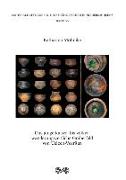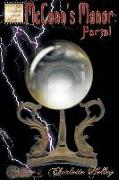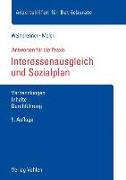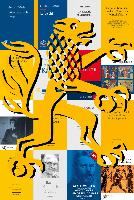Das jüngerkaiser- bis völkerwanderungszeitliche Gräberfeld von Uelzen-Veerßen
BücherAngebote / Angebote:
This study is based on the documentation of some 2, 700 graves from Uelzen-Veerßen, Lüneburg-Oedeme, Bad Bevensen and other sites in the Ilmenau area. Their description and chronological classification on the basis of finds made from pottery, glass, bone, antler, ivory, resin, rock, and metal form the core of the thesis. Other topics are the horizontal stratigraphy as well as the shape and equipment of graves. The transition from the earlier to the later Roman Iron Age is marked by significant changes as to burial customs and the relocation of many cemeteries. Since the 4th century A.D. urn graves were the dominant burial type with only few cremations with a container of organic material and, since the 5th century, also some inhumations. The Ilmenau Group is characterised by scarce imports and relatively homogeneous "hummock graves" [Buckelgräber], tumuli with a central cremation and sometimes a ring ditch usually interrupted at the south. Funeral rites for infants and numbers of grave goods varied on a local basis. All cemeteries ended around A.D. 500 with graves of the 6th/7th century being extraordinarily rare, although pollen analyses imply settlement continuation into the 6th century A.D.
Folgt in ca. 2-3 Arbeitstagen




